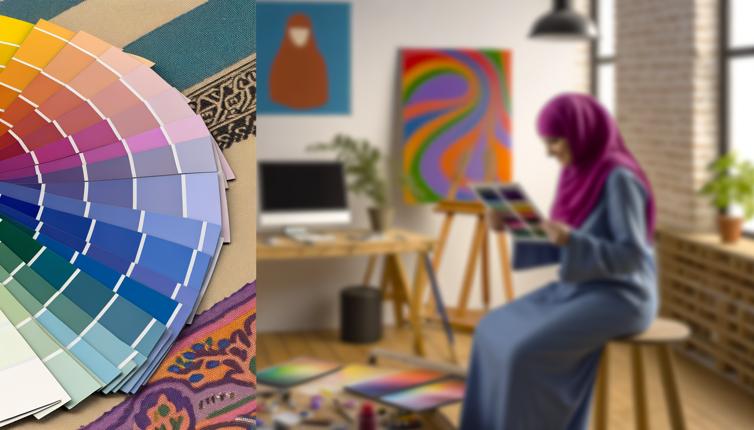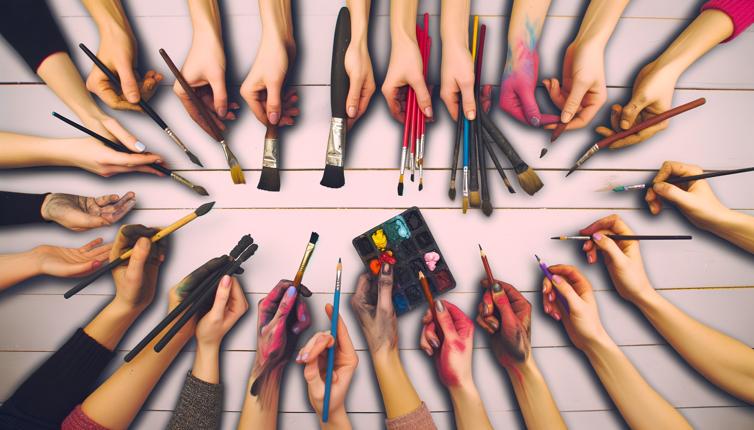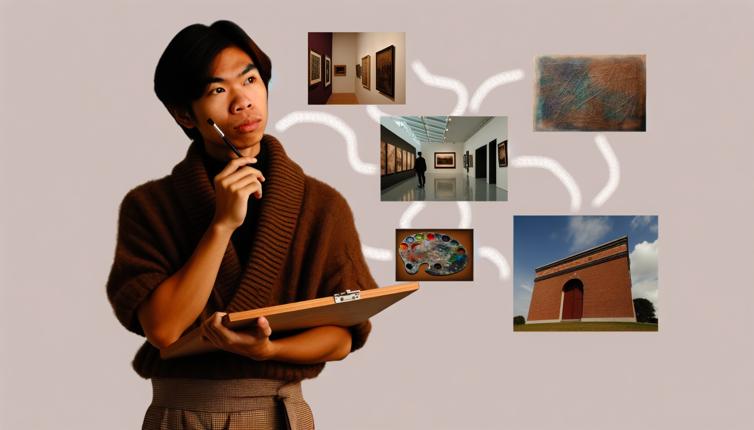Understanding Color Theory
Before diving into choosing a color palette, it's essential to have a basic understanding of color theory. Color theory is the study of how colors interact with each other. It helps artists create harmonious compositions and evoke specific feelings in their artwork.,The color wheel is a useful tool in understanding color theory. It consists of primary colors (red, blue, and yellow), secondary colors (orange, green, and purple), and tertiary colors (a combination of primary and secondary colors).,Colors across from each other on the color wheel are complementary, meaning they create a striking contrast when paired together. Analogous colors, on the other hand, are located next to each other on the color wheel and create a sense of harmony when used together.,Understanding color temperature is also important. Warm colors (reds, oranges, and yellows) evoke feelings of energy and warmth, while cool colors (blues, greens, and purples) create a sense of calmness and relaxation.
Consider the Mood and Message
When choosing a color palette, consider the mood and message you want to convey through your artwork. Different colors evoke different emotions and have symbolic meanings.,For example, warm colors like red are often associated with passion, energy, and excitement, while cool colors like blue are associated with calmness, serenity, and stability. Use this knowledge to enhance the overall message and impact of your artwork.,It's also important to consider the context in which your artwork will be displayed. If it's intended for a specific purpose or audience, research the cultural or symbolic meanings associated with certain colors in that context. This will help ensure your color choices are appropriate and convey the intended message.,Experiment with different color combinations to see which evoke the desired mood and message. Don't be afraid to push boundaries and try unconventional color palettes. Sometimes, unexpected combinations can create a unique and striking effect.
Create Color Harmony
Creating color harmony is key to a successful artwork. Harmonious colors work together to create a visually pleasing and balanced composition.,One approach is to use a monochromatic color scheme, which involves using various shades and tints of a single color. This creates a sense of unity and simplicity in your artwork.,Another approach is to use complementary colors. As mentioned earlier, complementary colors are located opposite each other on the color wheel. When paired together, they create a vibrant and eye-catching contrast.,You can also explore analogous color schemes, which involve using colors that are adjacent to each other on the color wheel. This creates a harmonious and cohesive look.,Additionally, consider incorporating neutral colors like black, white, and gray to balance out the vibrancy of your color palette. These neutrals can help emphasize certain elements or create a sense of sophistication and elegance.,Remember to consider the value (lightness or darkness) and saturation (intensity) of your chosen colors. Varying the value and saturation can add depth and visual interest to your artwork.
Conclusion
Choosing the right color palette is essential for creating impactful and harmonious artwork. By understanding color theory, considering the mood and message, and creating color harmony, you can create visually stunning and emotionally engaging pieces. Experiment with different color combinations, be bold in your choices, and let your creativity flourish!








